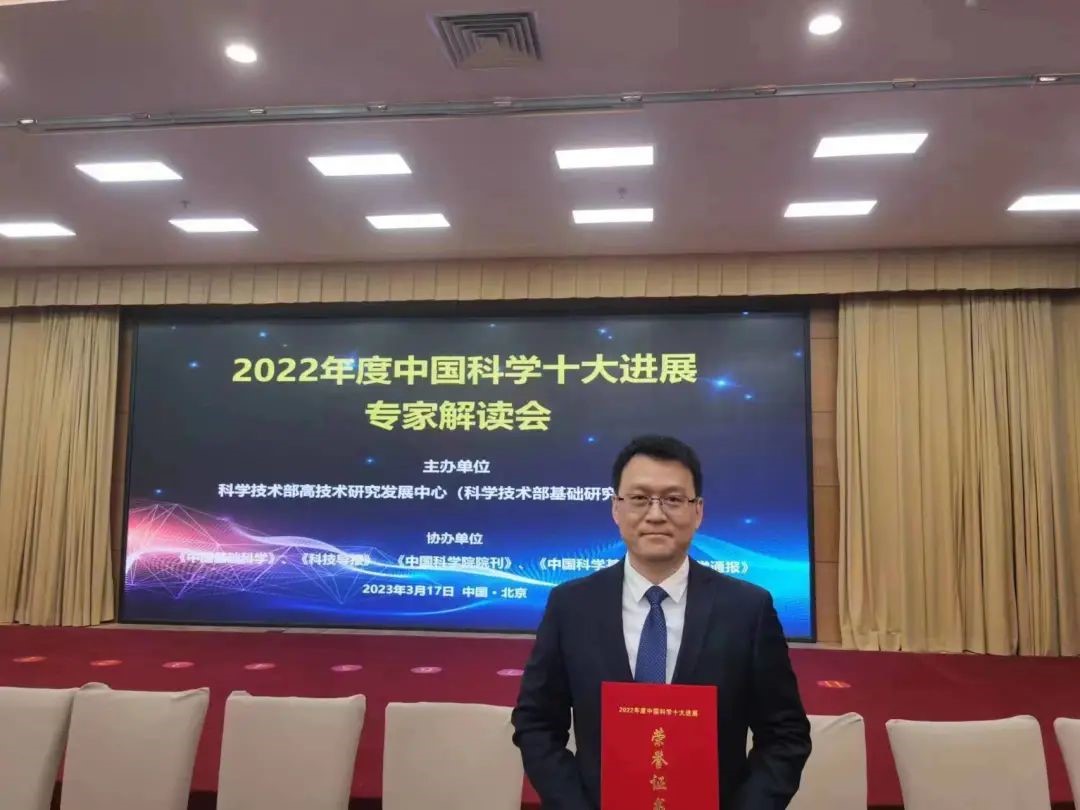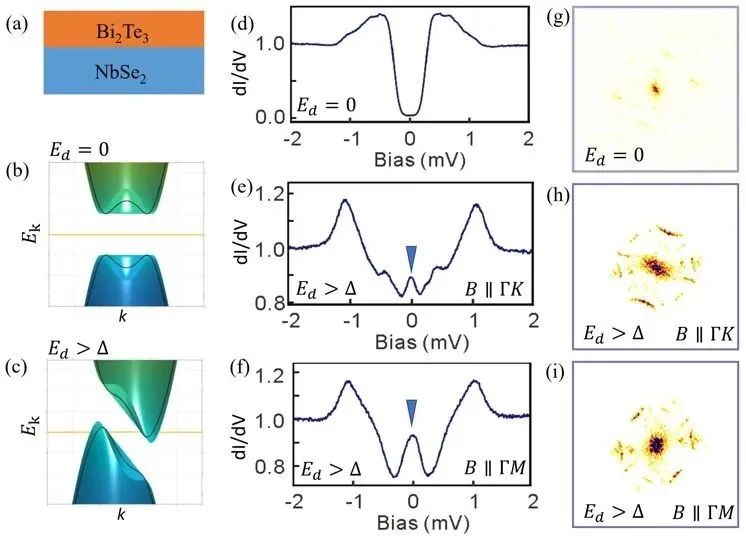On March 17, the Ministry of Science and Technology released China’s top 10 domestic scientific advances of 2022. A research project led by Jia Jinfeng and Zheng Hao from the School of Physics and Astronomy at Shanghai Jiao Tong University (SJTU) has been listed. This prestigious recognition showcases SJTU’s commitment to cutting-edge research in the fields of science and technology.
 Zheng Hao accepting the award in Beijing on behalf of the team
Zheng Hao accepting the award in Beijing on behalf of the team

The segmented Fermi surface in the superconducting state
Artificial control of the Fermi surface, which determines the electrical, optical, and other physical properties of solid materials, is the most essential approach to control material properties. The energy gap in a superconductor leads to the absence of the Fermi surface. According to Peter Fulde’s prediction in 1965, Cooper pairs in a superconductor acquiring finite momentum could be broken apart, resulting in a particular “segmented Fermi surface” in the superconducting gap.
The research team, led by Jia Jinfeng and Zheng Hao from the School of Physics and Astronomy of SJTU and collaborating with Fu Liang’s team at Massachusetts Institutes of Technology, designed and produced the Bi2Te3/NbSe2 heterostructure, established the superconducting state under the superconducting proximity effect from NbSe2 and created relative small Cooper pair momentum in an in-plane magnetic field. Thanks to the distinctly higher Fermi velocity of the topological surface state which ensured the pair-breaking effect, the peculiar segmented Fermi surface was successfully observed, verifying the prediction made 58 years ago. This study developed a new approach for manipulating the state of matter and constructing a new topological superconductivity.
Translated by Lin Yuying
Proofread by Zhao Xiaojing
Editor on Duty: Diwei Chen

